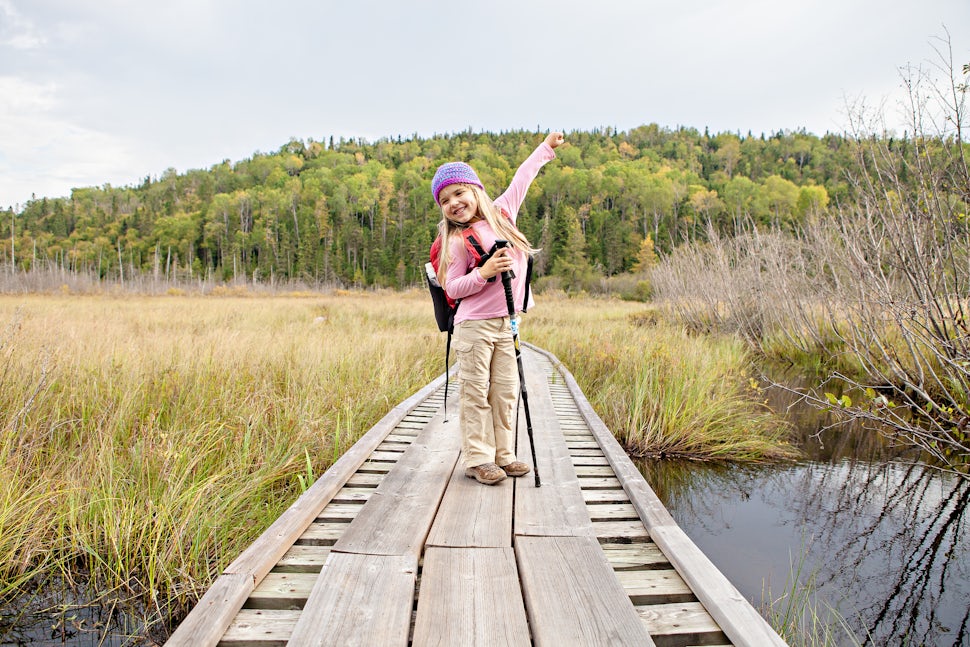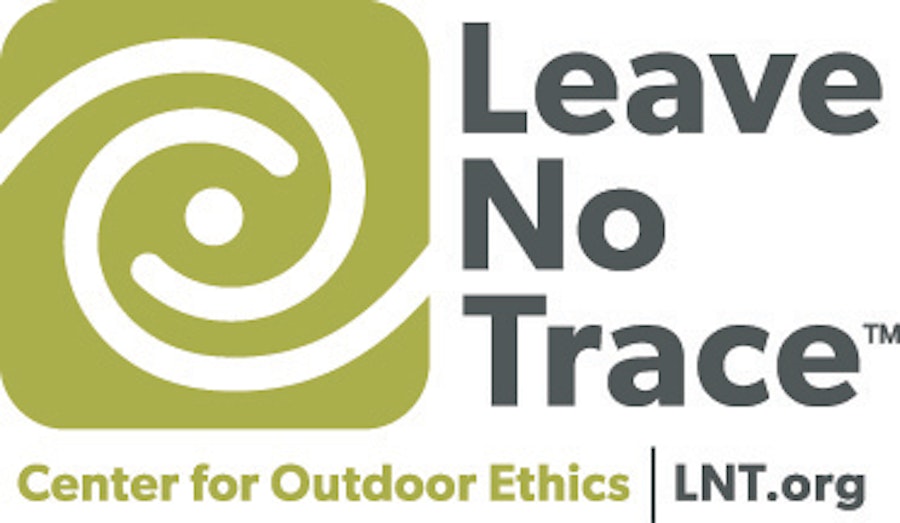Get Your Kids Outside With Geocaching
Get 'em hooked on exploring.

When it comes to exploring the great outdoors, it can sometimes be difficult to motivate kids to remain enthusiastic about a family hike. One way to get kids more excited is through the hugely popular activity of geocaching. It allows adults and children alike to have a secondary objective when hitting the trails, and experience the thrill of a worldwide treasure hunt.
Since the satellite-based global positioning system (GPS) technology has become more available and integral to our everyday lives, personal hand-held devices have also become increasingly popular and affordable, and geocaching has exploded onto the outdoors scene. What was once a relatively obscure hobby has become an activity the whole family can participate in.
So what is geocaching? Essentially it is a worldwide network of hidden caches that can be discovered with the use of a GPS device. The descriptions of the caches are published on various websites (such as www.geocaching.com), which also provide the latitude/longitude coordinates where they can be found. Handheld devices, or even smartphones, can be used to hike to these coordinates using a compass function.

The caches can consist of anything from a logbook and pencil, to small trinkets and toys. The basic rule of thumb is that if you take something, you leave something in its place. Geocache handles are used rather than real names, and signing the logbook provides proof you were there. This can be followed up by digitally logging the cache online with comments and feedback, and keeping track of personal stats. Often it is not what you find in a cache that matters, but the act of finding it itself. Geocachers tend to be responsible people who will help with the upkeep of the caches they find. This could involve replacing the pencil, fixing the container, or advising the owner of any problems. The cache should always be re-hidden in the exact same location as where it was found.
Essentially geocaching is a catalyst for exploration, whether in far off places or in your own neighborhood. It provides a tangible reason for venturing into the woods, and turns the entire hike into a mission. As caches range in difficulty, it can be the perfect family activity for all ages. Kids can be involved in all aspects of the adventure: selecting the desired geocache targets, helping with navigation, and searching the final location for the cache itself. The reciprocal act of leaving something when you take something from the cache helps teach responsibility, and the many encounters with plants, animals, and bugs provides many adventures along the way.
As you prepare to venture off into the world of geocaching you must first select a suitable handheld GPS device. These can range in price from about $100 to $500, with the higher-end models having a range of features such as Internet compatibility or a built in camera. The more basic models have the essentials such as a compass, map, and the ability to determine your waypoints. Today many smartphones can double for this purpose, with built in GPS technology and the availability of geocaching apps. There are limitations to using a smart phone rather than a dedicated GPS device however, such as a short battery life, or reliance on cell phone towers to update maps.

Once you get into geocaching there are plenty of avenues to keep it interesting and fresh. For example the goal is not always to find a physical, man-made, cache. It is possible to look for “earth caches” which are based on finding a unique feature in the natural environment. Proof of visiting the location could depend on answering a specific question about the feature, or taking a photo of it. As well, there are other varieties of caches such as riddles, multi-stage caches, night caches, and many more. If you decide to make your own cache, you are only limited by your own creativity. The cache will have to be submitted and approved, but that is mainly to ensure you have the permission of the landowner and that the waypoint is not too close to a pre-existing cache.
So if you’re looking for an enjoyable family hobby that will get your kids excited to explore the natural world, then give geocaching a try. There are also many clubs and regional meet-ups, so geocaching can provide a great social aspect as well. Some municipalities and parks are even getting involved, and provide GPS equipment to borrow free of charge. Your kids may be surprised by the “treasure” they can find in their own neighborhoods, and it is an activity the grandparents may enjoy as well. Just watch out for muggles (you will soon understand)!
Cover photo: Jess Curren
Don't see your favorite adventure on The Outbound? Show us by creating an adventure.
Please respect the places you find on The Outbound.
Always practice Leave No Trace ethics on your adventures. Be aware of local regulations and don't damage these amazing places for the sake of a photograph. Learn More
We want to acknowledge and thank the past, present, and future generations of all Native Nations and Indigenous Peoples whose ancestral lands we travel, explore, and play on. Always practice Leave No Trace ethics on your adventures and follow local regulations. Please explore responsibly!
Do you love the outdoors?
Yep, us too. That's why we send you the best local adventures, stories, and expert advice, right to your inbox.









